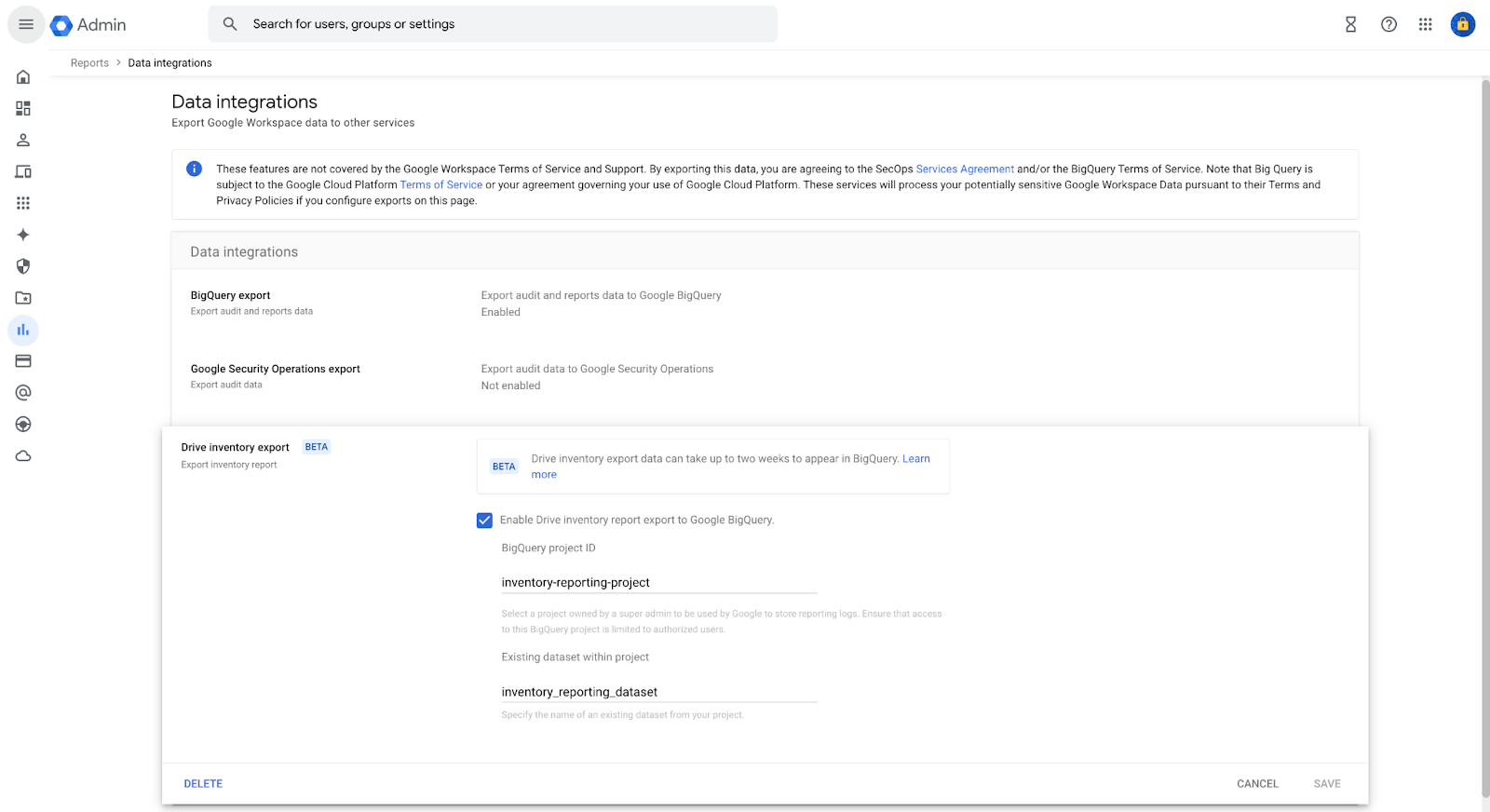The Stable channel has been updated to 127.0.6533.72/73 for Windows, Mac and 127.0.6533.72 for Linux which will roll out over the coming days/weeks. A full list of changes in this build is available in the Log.
Security Fixes and Rewards
Note: Access to bug details and links may be kept restricted until a majority of users are updated with a fix. We will also retain restrictions if the bug exists in a third party library that other projects similarly depend on, but haven’t yet fixed.
This update includes 24 security fixes. Below, we highlight fixes that were contributed by external researchers. Please see the Chrome Security Page for more information.
[$11000][349198731] High CVE-2024-6988: Use after free in Downloads. Reported by lime(@limeSec_) from TIANGONG Team of Legendsec at QI-ANXIN Group on 2024-06-25
[$8000][349342289] High CVE-2024-6989: Use after free in Loader. Reported by Anonymous on 2024-06-25
[TBD][346618785] High CVE-2024-6991: Use after free in Dawn. Reported by wgslfuzz on 2024-06-12
[TBD][349653220] High CVE-2024-6992: Out of bounds memory access in ANGLE. Reported by Xiantong Hou of Wuheng Lab and Pisanbao on 2024-06-27
[TBD][349903568] High CVE-2024-6993: Inappropriate implementation in Canvas. Reported by Anonymous on 2024-06-30
[$8000][339686368] Medium CVE-2024-6994: Heap buffer overflow in Layout. Reported by Huang Xilin of Ant Group Light-Year Security Lab on 2024-05-10
[$6000][343938078] Medium CVE-2024-6995: Inappropriate implementation in Fullscreen. Reported by Alesandro Ortiz on 2024-06-01
[$5000][333708039] Medium CVE-2024-6996: Race in Frames. Reported by Louis Jannett (Ruhr University Bochum) on 2024-04-10
[$3000][325293263] Medium CVE-2024-6997: Use after free in Tabs. Reported by Sven Dysthe (@svn-dys) on 2024-02-15
[$2000][340098902] Medium CVE-2024-6998: Use after free in User Education. Reported by Sven Dysthe (@svn-dys) on 2024-05-13
[$2000][340893685] Medium CVE-2024-6999: Inappropriate implementation in FedCM. Reported by Alesandro Ortiz on 2024-05-15
[$500][339877158] Medium CVE-2024-7000: Use after free in CSS. Reported by Anonymous on 2024-05-11
[TBD][347509736] Medium CVE-2024-7001: Inappropriate implementation in HTML. Reported by Jake Archibald on 2024-06-17
[$2000][338233148] Low CVE-2024-7003: Inappropriate implementation in FedCM. Reported by Alesandro Ortiz on 2024-05-01
[TBD][40063014] Low CVE-2024-7004: Insufficient validation of untrusted input in Safe Browsing. Reported by Anonymous on 2023-02-10
[TBD][40068800] Low CVE-2024-7005: Insufficient validation of untrusted input in Safe Browsing. Reported by Umar Farooq on 2023-08-04
We would also like to thank all security researchers that worked with us during the development cycle to prevent security bugs from ever reaching the stable channel.
As usual, our ongoing internal security work was responsible for a wide range of fixes:
[354788491] Various fixes from internal audits, fuzzing and other initiatives
Many of our security bugs are detected using AddressSanitizer, MemorySanitizer, UndefinedBehaviorSanitizer, Control Flow Integrity, libFuzzer, or AFL.
Interested in switching release channels? Find out how here. If you find a new issue, please let us know by filing a bug. The community help forum is also a great place to reach out for help or learn about common issues.

 Posted by Robbie McLachlan, Developer Marketing
Posted by Robbie McLachlan, Developer Marketing








 Posted by Matthew McCullough – VP of Product Management, Android Developer
Posted by Matthew McCullough – VP of Product Management, Android Developer


